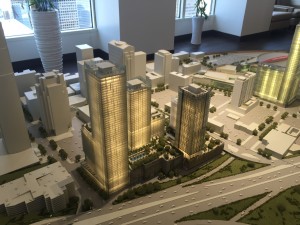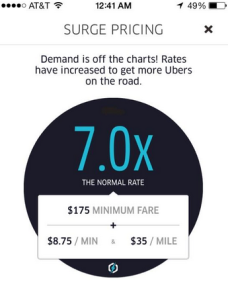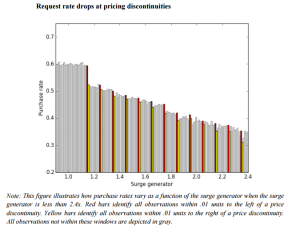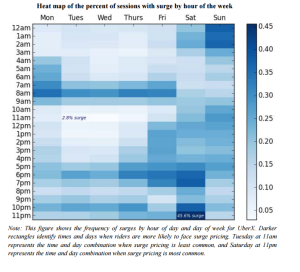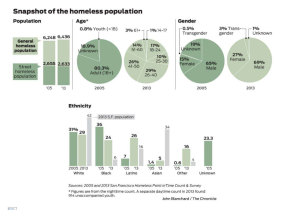Chinese residential developers in L.A. are expecting Chinese buyers to constitute up to 40 percent of their clients. Since 2014, Chinese real estate companies have been involved in at least seven of 18 land deals in Los Angeles. Greenland, a Shanghai-based real estate company, bought a property called “Metropolis” in downtown L.A. near the 110 freeway. This mixed-use project with three towers and 1500 residential units is now under construction. Greenland, the property owner, has the marketing skills to attract the Chinese buyers. The realtor for the Metropolis project said 75 percent of units in one tower had already been sold. Many of those units are going to buyers from China.
The Metropolis project model
First, Greenland targets Chinese buyers through real estate agents from both China and the U.S. The L’ands Corporation is a Beijing-based company and has years of experience selling luxury houses in China. The advertisements for the Metropolis condominiums have appeared during the Beijing company’s marketing to Chinese buyers. “We are quite confident about the overseas market because more and more Chinese clients consult with us about houses in the U.S., especially California,” said Eason Wang, one of the sales agents in the L’ands Corporation. After Wang posted the Metropolis information in his Wechat account (a Chinese popular social networking account similar to Twitter), several customers were interested, and Wang planned to put the potential buyers in contact with the Los Angeles partner — Douglas Elliman. The main roles of the Chinese real estate agents are the advertiser, the promoter and the connector between the Chinese buyers and the L.A. market. Only the U.S. real estate agents are authorized to sell American houses. The L’ands Corporation will help the potential Chinese buyers arrange the property visits with Douglas Elliman’s L.A. branch in Greenland’s office near the Metropolis project. Douglas Elliman’s team for Greenland, of course, has several Chinese employees who can speak fluent Mandarin.
A screenshot of L’ands Corporation house selling advertisements in Wechat
Greenland, the company behind Metropolis, tries to make its properties more attractive to potential Chinese buyers by linking ownership to citizenship.
It’s called the EB-5 Immigrant Investor Program. According to the U.S. Citizenship and Immigration Services, foreign investors are eligible to apply for permanent residence if they invest $500,000 in a company like Greenland in a way that helps create or preserve 10 permanent full-time jobs for qualified U.S. workers. Greenland will return the money to investors once the properties they invested in are sold. The Chinese buyer gets to stay in the U.S.
In 2015, more than $25 billion from China flowed into residential real estate in the United States. Chinese consumers bought more U.S. properties than people from any other country. “People move with capital nowadays. If you go to a university in the U.S., you will also consume goods including investment in property. It’s the mobility of capital,” said Yasheng Huang, associate dean of the MIT Sloan School of Management. “The houses built by Chinese real estate companies could easily own the Chinese buyers’ attention and trust.” But behind the big boom in American real estate investment are worries about the depreciation of China’s currency and an economic slowdown. “There are right reasons for capital movement such as increasing globalization, the mobility of capital and the ability of entrepreneurs,” Huang said. What he worried about were the “wrong reasons” for capital movement such as the lack of confidence in the future of China’s economy.
http://www.latimes.com/business/la-fi-0825-china-dtla-snap-story.html
http://www.latimes.com/business/la-fi-chinese-us-investment-20150520-story.html
